Your question, objective and current method are not very clear to me. It
would be beneficial, if you could provide code and graphics, that explains
more clearly what you have done, and what you are trying to obtain. If you
cannot share your data you can use e.g. the built-in dataset chorley as an
example (or simply simulate artificial data):
library(spatstat)
plot(chorley, cols = c(rgb(0,0,0,1), rgb(.8,0,0,.2)))

X <- split(chorley)
X1 <- X$lung
X2 <- X$larynx
mod <- ppm(X1 ~ polynom(x, y, 2))
inten <- predict(mod)
summary(inten)
#> real-valued pixel image
#> 128 x 128 pixel array (ny, nx)
#> enclosing rectangle: [343.45, 366.45] x [410.41, 431.79] km
#> dimensions of each pixel: 0.18 x 0.1670312 km
#> Image is defined on a subset of the rectangular grid
#> Subset area = 315.291058349571 square km
#> Subset area fraction = 0.641
#> Pixel values (inside window):
#> range = [0.002812544, 11.11172]
#> integral = 978.5737
#> mean = 3.103715
plot(inten)

Predicted intensities at the 58 locations in X2
intenX2 <- predict.ppm(mod, locations = X2)
summary(intenX2)
#> Min. 1st Qu. Median Mean 3rd Qu. Max.
#> 0.1372 4.0025 6.0544 6.1012 8.6977 11.0375
These predicted intensities intenX2[i] say that in a small neighbourhood
around each point X2[i] the estimated number of points from X1 is Poisson
distributed with mean intenX2[i] times the area of the small neighbourhood.
So in fact you have estimated a model where in any small area you have a
probability distribution for any number of points happening in that area. If
you want the distribution in a bigger region you just have to integrate the
intensity over that region.
To get a better answer you have to provide more details about your problem.
Created on 2018-12-12 by the reprex package (v0.2.1)

